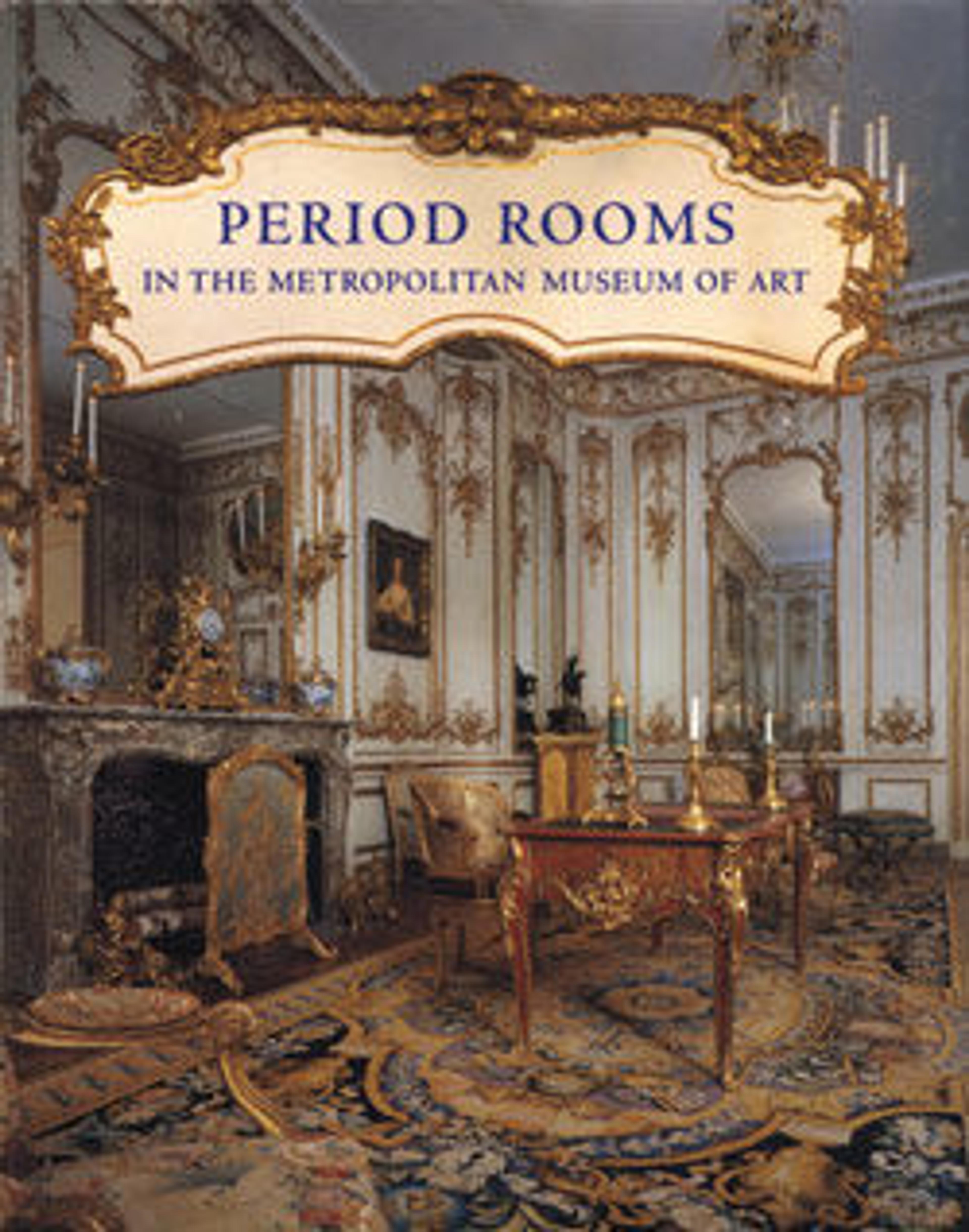Tête-à-tête
J. H. Belter has been described as the most original of America's mid-nineteenth-century cabinetmakers. One of the many German-born craftsmen working in New York, he was in his time and remains today renowned for his laminated and carved Rococo Revival rosewood parlor and bedroom suites. Although the process of lamination was not new, Belter patented a method of steaming several layers of wood glued together in "cawls," or molds, resulting in furniture that was thin, strong, and curved in two planes and could subsequently be carved to a degree previously unimagined. The graceful, sinuous shape of this tête-à-tête illustrates the importance of lamination and epitomizes the Rococo Revival style. Popular in America between 1845 and 1865, furniture in this revival style was inspired by eighteenth-century French sources and is characterized by curved, cabriole legs, strong C- and S-curves and scrolls, and the extravagant use of carved, naturalistic ornament, particularly flowers. The Rococo Revival style was popular for the decoration of formal parlors, or reception rooms, and this tête-à-tête belongs to a set of parlor seating furniture which includes a settee, two armchairs, and two side chairs, all of which are on display in The Richard and Gloria Manney John Henry Belter Rococo Revival Parlor at The Metropolitan Museum of Art. A mid-nineteenth-century French form, the tête-à-tête, also known as a confident, was well-suited to the parlor as its two chairs facing in opposite directions and joined at the sides allowed for discreet conversation. Belter chose imported rosewood for his parlor and bedroom suites because of its luxurious qualities: the rich color, fine-patterned grain, and high polish that could be attained.
Artwork Details
- Title: Tête-à-tête
- Maker: Attributed to John Henry Belter (American, born Germany 1804-1863 New York)
- Maker: or attributed to J. H. Belter & Co. (1854–1865)
- Date: 1850–60
- Geography: Made in New York, New York, United States
- Culture: American
- Medium: Rosewood, ash, pine, walnut
- Dimensions: 44 1/2 x 52 x 43 in. (113 x 132.1 x 109.2 cm)
- Credit Line: Gift of Mrs. Charles Reginald Leonard, in memory of Edgar Welch Leonard, Robert Jarvis Leonard, and Charles Reginald Leonard, 1957
- Object Number: 57.130.7
- Curatorial Department: The American Wing
More Artwork
Research Resources
The Met provides unparalleled resources for research and welcomes an international community of students and scholars. The Met's Open Access API is where creators and researchers can connect to the The Met collection. Open Access data and public domain images are available for unrestricted commercial and noncommercial use without permission or fee.
To request images under copyright and other restrictions, please use this Image Request form.
Feedback
We continue to research and examine historical and cultural context for objects in The Met collection. If you have comments or questions about this object record, please contact us using the form below. The Museum looks forward to receiving your comments.
